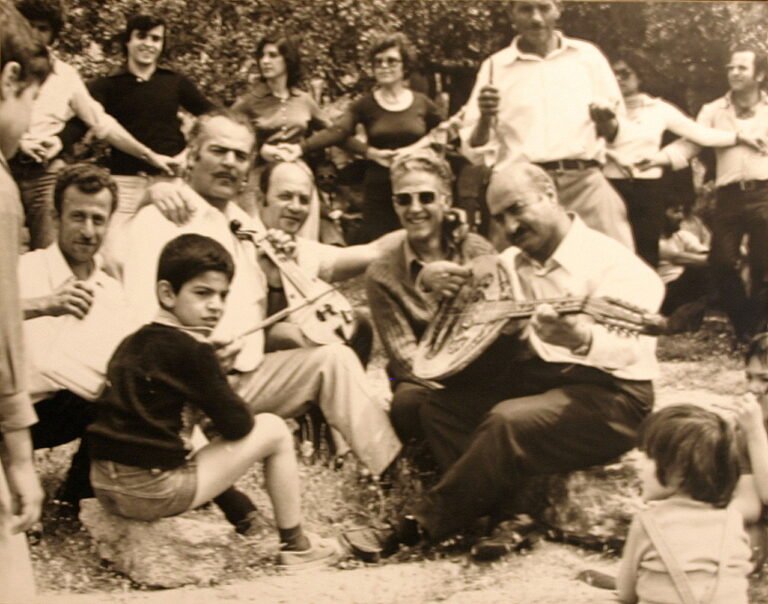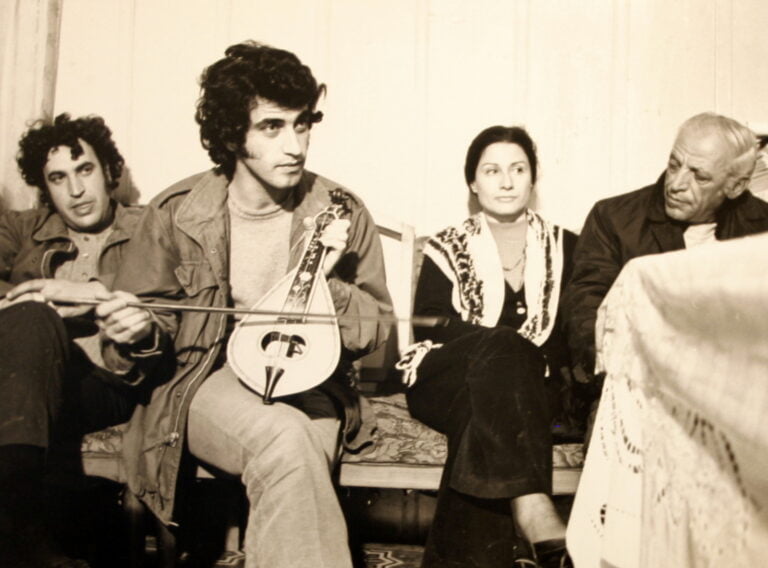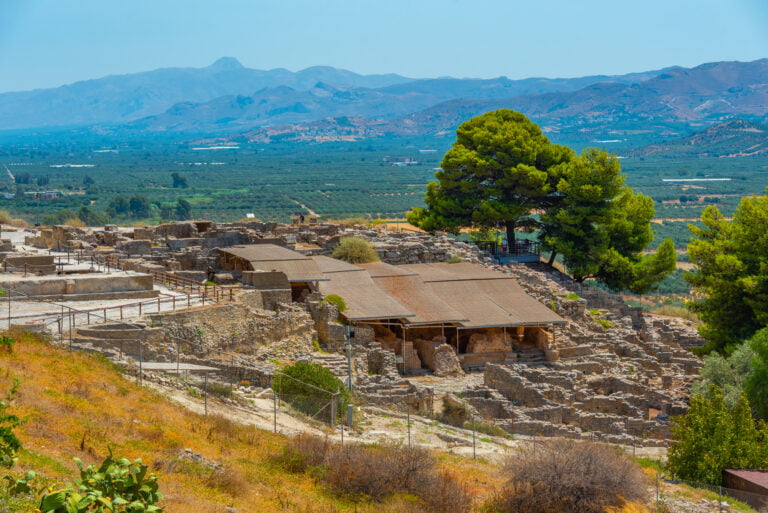Michael Ventris, who was he?
Michael Ventris was a British architect and linguist who made an extraordinary contribution to the field of archaeology and philology. He is best known for his groundbreaking decipherment of Linear B, an ancient script that had been undeciphered until Ventris cracked it in 1952. He was also a talented architect, designing a number of notable buildings in London. Despite his short life, Ventris made a significant impact on the world of archaeology and linguistics and is remembered as one of the most influential scholars of the twentieth century.
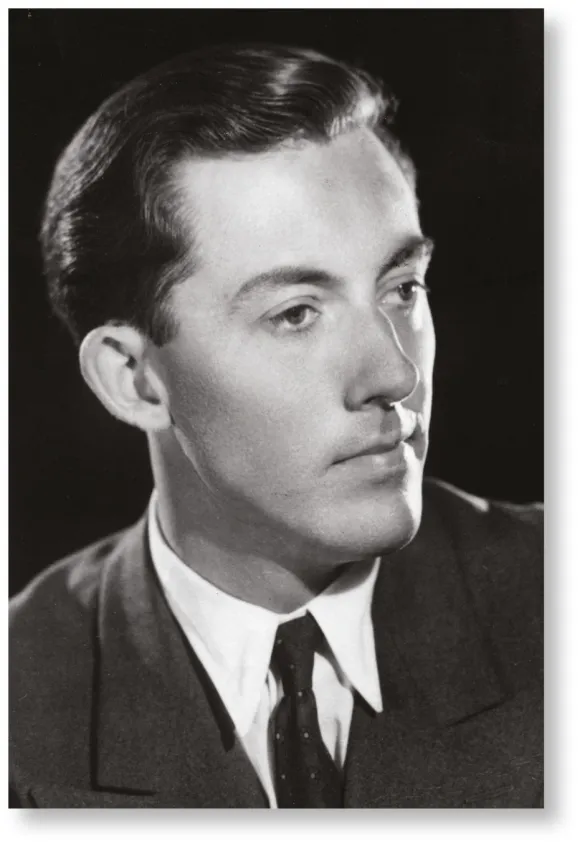
Ventris’ Early Life and Education
Michael Ventris was born in 1922 in the United Kingdom to a Russian father and a Greek mother. He was a talented linguist and cryptographer who contributed significantly to the field of Mycenaean linguistics. Ventris was particularly known for his decipherment of Linear B, an ancient script found on clay tablets in the archaeological site of Knossos on Crete. His work has been instrumental in the study of ancient Greek and the development of the field of historical linguistics.
The political upheavals of the time marked Ventris’ early life. His father had to flee Russia following the Revolution and moved to the UK, where Ventris was born and raised. Ventris’ mother was a homemaker, while his father worked as a civil engineer. Ventris was an exceptionally bright child and showed an early interest in languages. He was exposed to multiple languages at home, including Russian, Greek, and English.
Ventris received his early education at various schools in London. At the age of 15, he enrolled in the prestigious King’s College School in Cambridge. At school, Ventris excelled in his studies, particularly in languages. He also developed a passion for classical history and archaeology. After graduating from King’s College, Ventris enrolled at University College London in 1940 to pursue an undergraduate degree in classics. While studying at UCL, Ventris became interested in the decipherment of Linear B.
However, his education was interrupted by World War II and Ventris was drafted into the Royal Air Force. He trained as a navigator and saw action in the North Atlantic and Mediterranean. After the war, Ventris returned to UCL and completed his degree in 1947. He then pursued a research degree at the University of Cambridge, where he continued his work on Linear B.
Ventris’ work on Linear B culminated in the decipherment of the script in 1952. His achievement was met with widespread acclaim and he received numerous awards for his work. Ventris continued his research until his untimely death in 1956, at the age of 34. His legacy continues to this day, as his work on Linear B has revolutionized the study of Mycenaean cultures and languages.
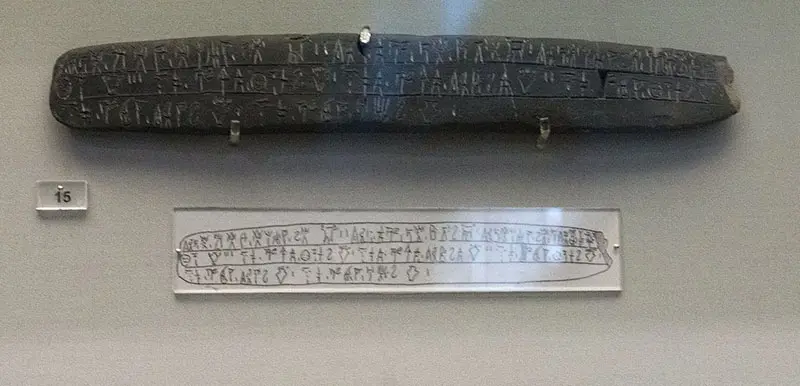
Ventris’ Breakthrough Decipherment of Linear B
In 1952, the world was stunned when a young British architect named Michael Ventris solved one of the greatest unsolved mysteries in archaeology. He had cracked the code of Linear B, a language that had been undecipherable for over 3,000 years and which had confounded scholars since its discovery in the late 19th century. Ventris’ breakthrough was the result of years of research and a dizzying number of clues, but it was his combination of tenacity and cleverness that allowed him to finally unlock the ancient language.
Linear B was first discovered in 1900 during the excavation of the palace of Knossos on the island of Crete. It was initially believed to be a form of Greek, but scholars soon realised that it was an entirely different language. Unfortunately, they were unable to decipher it, and it remained a mystery for over 50 years.
Ventris was fascinated by the challenge of deciphering Linear B, and he began to research it in his spare time. He studied the language’s structure and syntax and developed a hypothesis that it was a form of the ancient Mycenaean language. He then began to look for clues in other languages such as Linear A, which is thought to be the precursor of Linear B.
He also used a variety of methods to make sense of the symbols in Linear B, such as cross-referencing them with words from other languages. After several years of research, Ventris finally made a breakthrough in 1952. He was able to decipher several words and sentences, and he was able to make sense of a large portion of the language.
It was a stunning achievement, and it revealed a great deal about the Mycenaean civilization. It showed that the Mycenaeans had a writing system and that they used it to keep records. It also revealed the nature of the society, including details about its economy, religious practices, and more.
Ventris’ decipherment of Linear B was an incredible accomplishment, and it has had a lasting impact on our understanding of the ancient world. It allowed us to understand an ancient culture in a way that was never possible before, and it continues to provide us with valuable insight into the past. Ventris’ breakthrough was a remarkable achievement, and it is a testament to the power of human ingenuity.
Ventris’ Post-Decipherment Career and Legacy
Michael Ventris was a British architect and amateur linguist, who is best known for deciphering the ancient Minoan script known as Linear B. Ventris deciphered the script in 1952, making him one of the most celebrated figures in the field of linguistics. Ventris’ decipherment of Linear B had a lasting impact on the study of ancient Greek and other ancient languages, as well as the study of linguistics in general. However, Ventris’ career and legacy extend far beyond the decipherment of Linear B.
Prior to his decipherment of Linear B, Ventris attended the Architectural Association School of Architecture in London. He graduated in 1939 and went on to practice architecture in England and Canada. One of his most notable architectural works was a low-cost housing project in London’s East End. Ventris also wrote a book on modern architecture called “Design of Urban Environment,” which was published in 1946.
In addition to his architectural career, Ventris was passionate about ancient languages and had an interest in deciphering Linear B. He was an avid reader of books on the subject and had become an expert on the language. In 1952, Ventris successfully deciphered Linear B, which was a major breakthrough for the study of ancient Greek and other ancient languages. His work revolutionized our understanding of this ancient script.
Following his breakthrough, Ventris returned to his architectural career in Canada and continued to practice until his death in 1956. During this time, he wrote several books on the subject of architecture and lectured on the subject at universities. In 1954, Ventris was awarded the prestigious Royal Gold Medal for architecture.
Ventris’ legacy lives on today in the field of linguistics. His decipherment of Linear B was a major breakthrough and opened the door to further research into ancient Greek and other ancient languages. His work was also instrumental in revolutionizing the field of linguistics in general. Ventris’ architectural work also lives on, with his low-cost housing project in London’s East End still standing today.
In conclusion, Michael Ventris’ career and legacy extend far beyond the decipherment of Linear B. His architectural work was innovative and he was awarded the prestigious Royal Gold Medal for architecture. His decipherment of Linear B was a major breakthrough and revolutionized our understanding of this ancient script. His work also paved the way for further research into ancient Greek and other ancient languages, as well as the field of linguistics in general. Ventris’ legacy lives on today, both in the field of linguistics and through his architectural work.

The Story of Arthur Evans and His Discovery of Linear B
Arthur Evans was an English archaeologist and scholar who famously discovered Linear B, an ancient script that was used by the Minoan civilization in the 2nd millennium BC. His discovery was of great importance for scholars of the time, as it was the first known written script from the Minoan civilization.
Born in 1851, Evans was educated at Harrow School and Oxford University. After graduating, he pursued a career in journalism and took up a position as a correspondent for The Times. During this time, he visited Greece and the Mediterranean and developed a great interest in archaeology, which would later define his life’s work.
In 1876, Evans became Keeper of the Ashmolean Museum at Oxford, and his passion for archaeology only intensified. He spent the next few years travelling extensively, researching and exploring ancient sites across the Mediterranean, such as Crete, Mycenae, and Troy.
In 1900, Evans made a historic discovery while excavating on the Greek island of Crete. He unearthed an ancient palace known as Knossos, which contained an archive of clay tablets written in a script that had not been seen before. Evans named the script Linear B, and it was later revealed to be the oldest form of writing used by the Minoan civilization.
Evans’ discovery was met with great excitement, and he was welcomed as a hero in Greece. He received the Order of the Redeemer from the King of Greece and was hailed as the “Discoverer of Knossos”.
Evans continued to work at Knossos for the next 14 years, excavating and restoring the palace. He also published several books on the Minoan civilization, which would later become essential texts for scholars of the time.
Evans died in 1941, but his legacy lives on. His discovery of Linear B opened the door to a new understanding of the Minoan culture and its writing system, which had been lost for thousands of years. His work is still used as a basis for archaeological research today, and he will always be remembered as the man who unlocked the mystery of the Minoan civilization.
The Significance of the Decipherment of Linear B
For centuries, the ancient script known as Linear B was a source of mystery and confusion. Until the 1950s, no one had been able to decipher it. But then, a British architect named Michael Ventris made a remarkable discovery and cracked the code. His success has since had a profound impact on our understanding of the ancient world.
Linear B was first uncovered in the early 20th century on the Greek island of Crete. It was a syllabic script that included 87 distinct signs. This form of writing was used by the Minoan civilization, which had been dead for centuries. Initially, scholars assumed that Linear B was a form of early Greek writing. But when they tried to decipher it, they were unsuccessful.
The breakthrough came in 1952 when Michael Ventris deciphered the script. He had been studying Linear B for some time, and he eventually realized that it was an ancient form of the Greek language known as Mycenaean. This meant that all the signs in Linear B could be translated into Greek words.
Ventris’ decipherment of Linear B has had a lasting impact on our understanding of the ancient world. Before his work, historians had no way of understanding the Minoan civilization, as all records of their language had long been lost. But with Ventris’ discovery, historians were able to access a wealth of information about the Minoan culture, politics, and religion.
Ventris’ decipherment of Linear B has also had an important impact on linguistics. His work showed that languages can evolve over time and that it is possible to trace the development of a language by studying its written forms. This insight has been invaluable in the study of language evolution.
Finally, Ventris’ decipherment of Linear B has also been important to the study of ancient Greece. By unlocking the secrets of Linear B, historians were able to access information on the Mycenaean civilization, which was an important predecessor of the classical Greek civilization. This has given us unprecedented insight into the early history of Greece.
In short, the decipherment of Linear B by Michael Ventris has been essential to our understanding of the ancient world. His work has given us invaluable insight into the Minoan civilization, language evolution, and the early history of Greece. It is a remarkable achievement that will continue to shape our understanding of the past for many years to come.
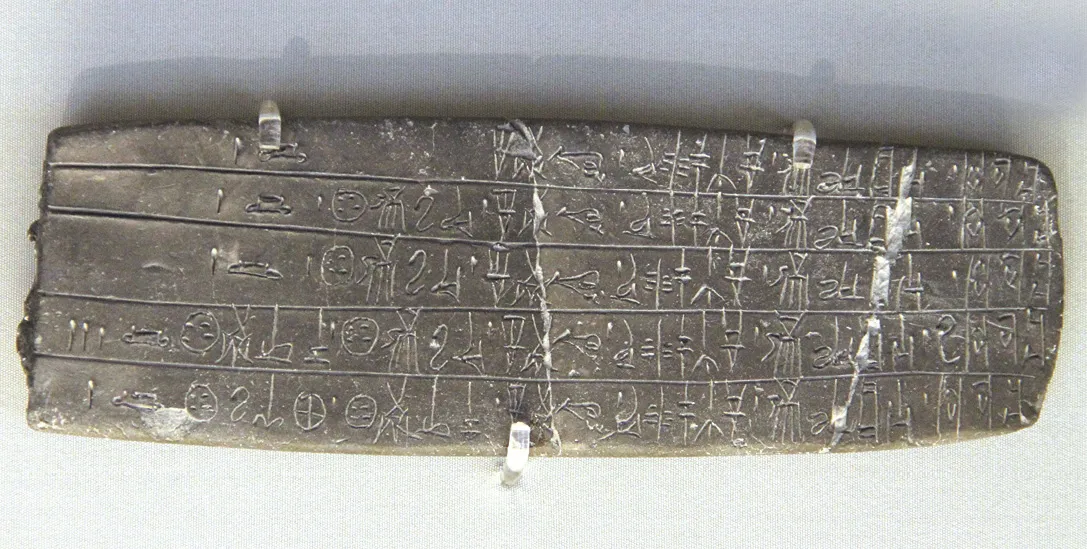
The Relationship between Linear B and Later Greek Dialects
The Linear B script was used to write an archaic form of the Greek language between the 15th and 13th centuries BC. It is the earliest known writing system for the Greek language. Although Linear B is no longer used today, it is important because it serves as a bridge between Proto-Indo-European and the later forms of Greek. This article will discuss the relationship between Linear B and later Greek dialects.
Linear B was used mainly in the Minoan civilization, the first advanced civilization in ancient Greece. It was used to record administrative records, such as lists of commodities, land ownership, and religious rituals. The script was used mainly in the palace of Knossos, the main center of Minoan civilization. The script was written using a brush on clay tablets.
Linear B is related to the later forms of Greek because it is thought to have descended from a Proto-Indo-European language. This means that the script was likely adapted from an older language, which was spoken throughout much of Europe before the emergence of the Greek language. This connection explains why some of the words found in Linear B are similar to words found in later dialects of Greek.
The relationship between Linear B and later Greek dialects can be seen in the way that certain words were written. For example, the word for “king” in Linear B was written as “wa-na-ka,” which is similar to the later Greek Βασιλεύς (basileus). Similarly, the Linear B word for “kingdom” was written as “wa-na-si-ja,” which is similar to the later Greek Βασιλεία (basileia).
Another way that the relationship between Linear B and later Greek dialects can be seen is in the way that certain grammatical forms were written. For example, the Linear B word for “he” was written as “ta-no-so,” which is similar to the later Greek τενός (tenos). Similarly, the Linear B word for “she” was written as “qe-re-ja,” which is similar to the later Greek θηρία (theria).
Linear B is important because it serves as a bridge between Proto-Indo-European and the later forms of Greek. Without it, the connection between the two languages would be much less clear. It is also important because it provides insight into the development of the Greek language and the culture of the Minoan civilization.
Table of Contents
Views: 161

